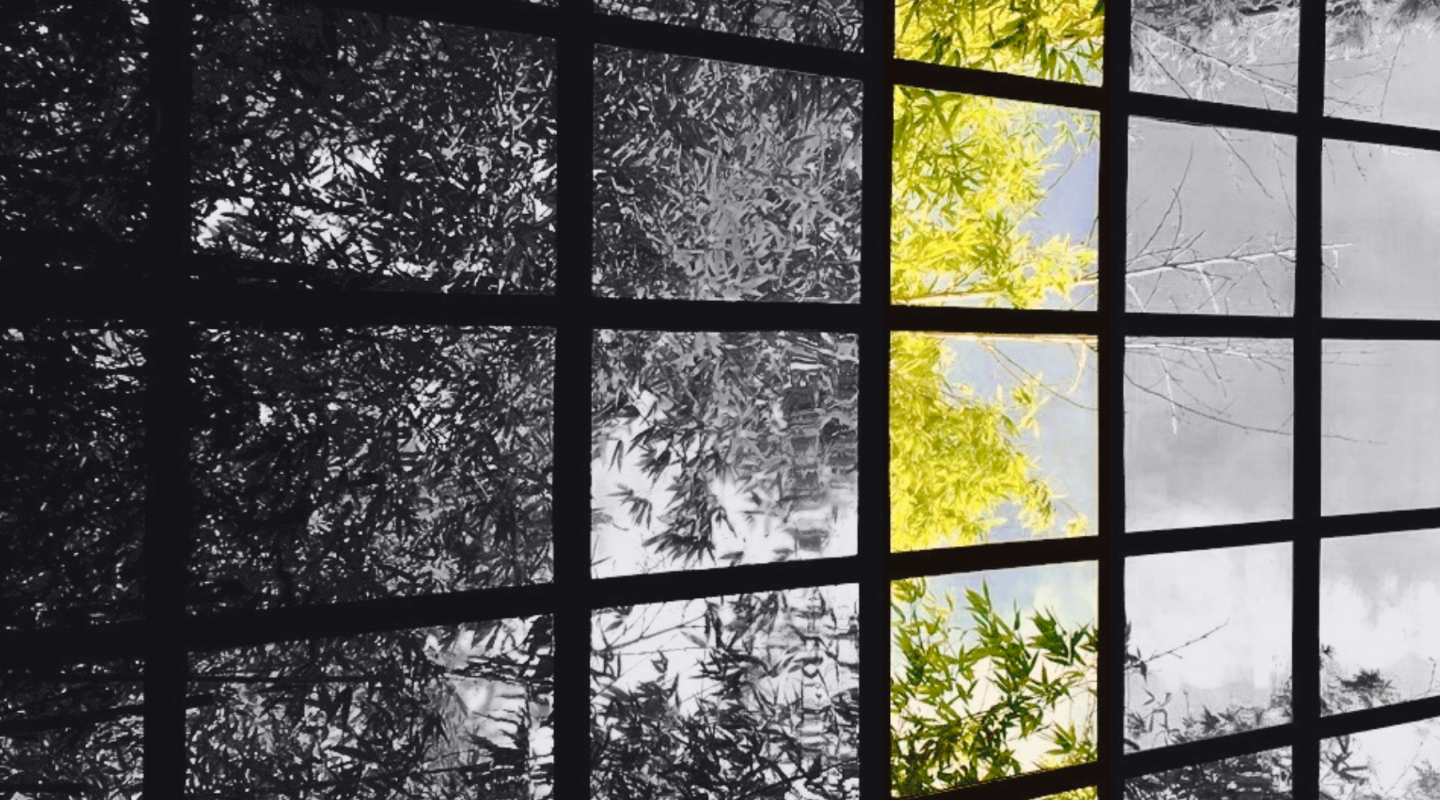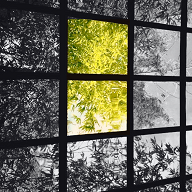To comply with obligations, particularly at the national level, prison administrations are adopting new methods and procedures for constructing and adapting facilities with a view to reducing their carbon footprints. Many administrations follow the Building Research Establishment Environmental Assessment Method (BREEAM). In Belgium, the Buildings Agency requires BREEAM certification with a minimum level of “Very Good” or “Excellent”, depending on the project. In Northern Ireland, a BREEAM certificate of “Excellent” is required for new constructions. The threshold is set at “Very Good” for renovations, given the inherent limitations of existing buildings.
In Finland, carbon neutrality must be taken into consideration from the early stage of planning for all new infrastructure. The aim is both to build in areas where facilities can be linked to lines of public transport and to favour short distances for trips to and from the prison. The building’s air flow direction and general location must be accounted for in the architectural design. Carbon-neutral or low-carbon materials must be used. The walls and roofs are especially thick in order to limit temperature variations, and geothermal wells and heat pumps are installed. Lastly, renewable energy sources are used in the buildings, in particular solar energy.
In Norway, new buildings, according to Statsbygg, are designed to conserve energy. They are built like passive houses and must strive for higher standards than those of the Norwegian building code: insulation at least 30 cm thick; sealed joints; installation of geothermal wells, heat pumps, an energy monitoring system, and LED lights; energy efficient devices; waste management system. Sources of energy must be sustainable, and the use of solar panels must be systematically planned for. New facilities are expected to consume less than 65 kWh/m2 per year and reduce greenhouse gas emissions by 30% (compared to a similar reference building).
In England and Wales, the new facilities are presented as the first to be “net zero”. They are designed to be entirely electric, with the installation of heat pumps, efficient lighting systems and thousands of solar panels. According to the Ministry of Justice, the use of concrete and recycled steel prevents the emission of 40,000 tons of carbon. In Scotland, authorities are taking a similar approach. The new Inverness prison, to be completed in 2026, is also designed to be “net zero”. Modular construction methods are used off-site in an environmentally controlled workshop to pre-assemble the internal wall panels and external walls. This is expected to reduce transportation by truck and the delivery of materials to the site.
Numerous other prison administrations mention the adoption of the following measures: using sustainable materials (in particular more wood); reducing the use of concrete; installing solar panels or even solar farms as well as boreholes, green rooftops and better insulated windows; replacing lighting with LED bulbs; and implementing decarbonisation plans for the vehicle fleet as well as monitoring and control systems for energy and water consumption.
The Northern Ireland prison administration uses, for example, a monitoring and targeting system, which allows it to see energy performance in real time, around the clock, measured via counters. In Norway, Statsbygg recommends dividing the electric meters in the new buildings: heating of rooms (heated floors / radiator), hot ventilation, sanitary hot water, cooling ventilation, lighting, and technical equipment for the building’s operation. This allows for better energy management, as consumption is recorded for each system.
In Pakistan, power cuts are frequent and can last from 10 to 15 hours a day in the province of Khyber Pakhtunkhwa. This has an impact on information and security systems, as well as on people in prison. In 2024, the UNODC installed solar energy systems in six prisons around the country.
Biodiversity action plans and landscaping plans are increasingly being drawn up. Several prison administrations say they plan to construct their new prisons so that the staff and visitors feel encouraged to use eco-friendly means of transport and active transportation modes. It is no longer uncommon to see electric vehicle charging stations and covered bicycle parking in the facilities. In Finland, trains are a favoured method for the transport of people in prison to court or elsewhere.
In Geneva, Switzerland, the Cantonal Office for the Environment and the Office for Detention, have joined forces to run a circular economy project on the Puplinge-Choulex prison site. On the basis of a preliminary inventory, improvement priorities have been set for energy management, buildings, waste, transport, outdoor spaces, food, etc.




